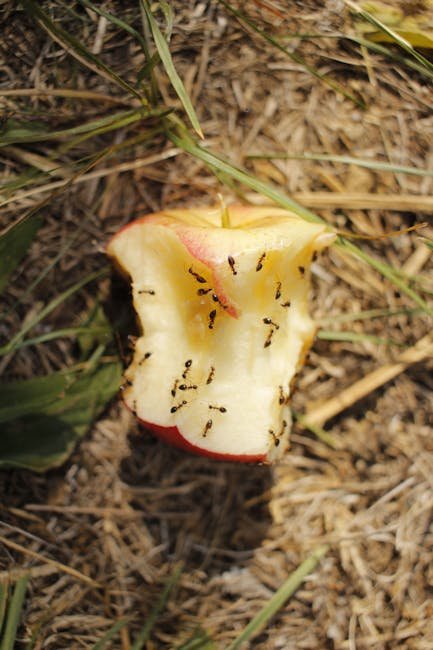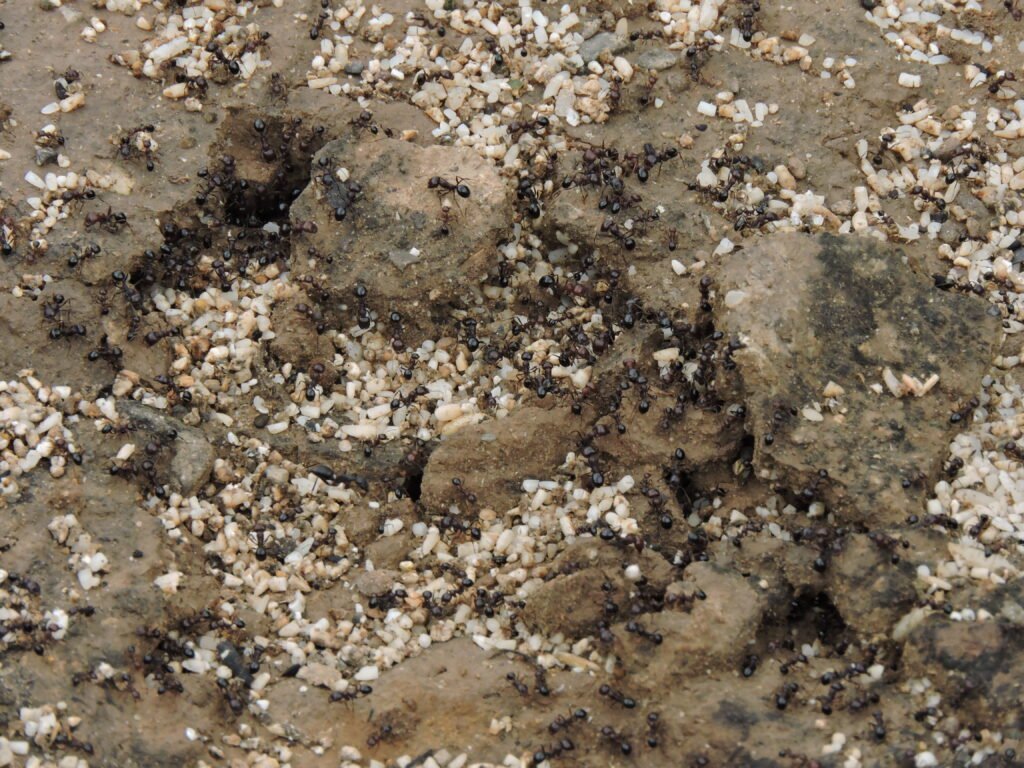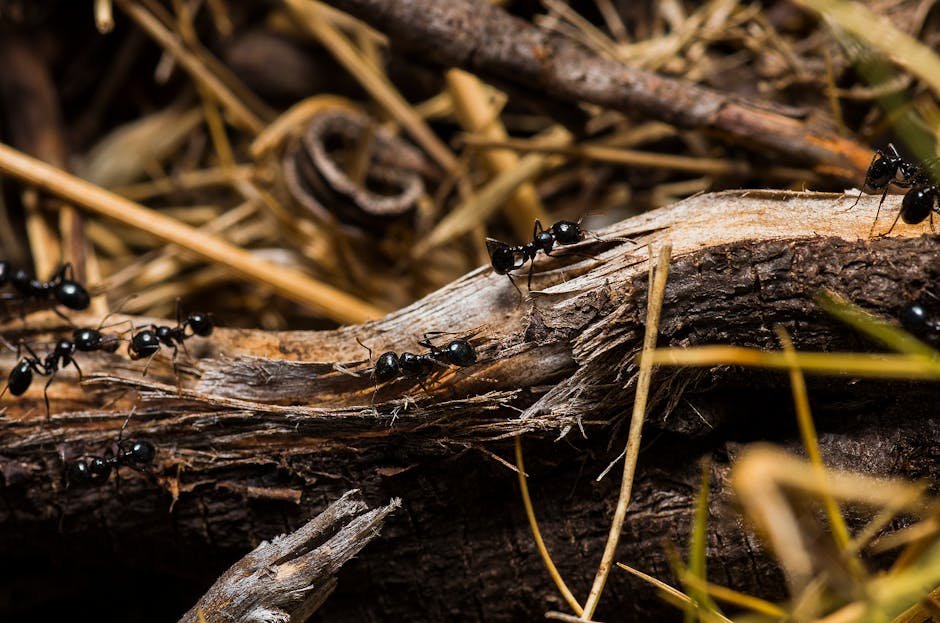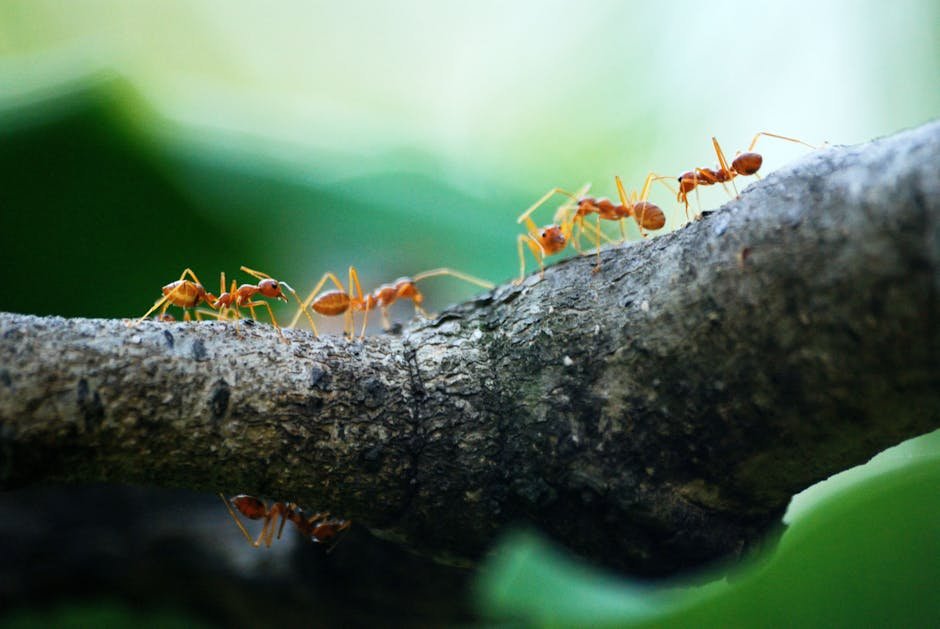Imagine a bustling city, not of humans but of ants, where each individual has a specific role, yet they all work together as if they are parts of a single organism. This is the reality of ant supercolonies, fascinating natural phenomena that blur the lines between individual and collective existence. These supercolonies are like a symphony, where every ant plays its part in harmony, creating an intricate network that functions seamlessly. Understanding how these supercolonies operate provides insight into the complex social structures and survival strategies of one of nature’s most intriguing creatures.
The Anatomy of a Supercolony
A supercolony is a vast network of interconnected ant nests, sometimes spanning hundreds of miles, with millions or even billions of ants. Unlike typical ant colonies, which have a single queen, supercolonies can house multiple queens. This multiplicity allows them to expand rapidly and efficiently. The structure of a supercolony is akin to a sprawling metropolis, with various sectors dedicated to specific functions such as foraging, defense, and reproduction. This specialization ensures that the supercolony operates smoothly and can adapt to environmental changes swiftly. The interconnectedness of the nests allows for resource sharing, akin to how organs in a body share nutrients and oxygen, ensuring the survival and prosperity of the entire colony.
Coordination and Communication
Communication in a supercolony is vital, and ants achieve this through a complex system of chemical signals known as pheromones. These pheromones act as messages, guiding ants to food sources, alerting them to danger, or indicating the need for more workers in a particular area. This chemical language is incredibly efficient, allowing millions of ants to coordinate their actions without confusion. Imagine a city where every citizen can instantly know where to go and what to do just by following an invisible scent trail. This level of coordination is what makes supercolonies so successful and resilient against threats.
The Role of the Queen Ants

In a supercolony, the queens are not just prolific egg layers; they are the architects of the colony’s genetic and social structure. With multiple queens, a supercolony can maintain genetic diversity, which is crucial for adaptability and resilience. These queens ensure a continuous supply of workers, soldiers, and new queens, allowing the colony to expand and thrive. The presence of multiple queens also provides a failsafe against the loss of any single queen, ensuring that the colony can continue to function and grow. This redundancy is akin to having multiple backup systems in a complex machine, ensuring uninterrupted operation.
Resource Management and Efficiency
Supercolonies are masters of resource management. They are adept at locating and exploiting food sources, often working together to transport large quantities of food back to the nests. This cooperative foraging is similar to a well-oiled supply chain in a city, where goods are efficiently distributed to meet the needs of the population. Ants in a supercolony can quickly redirect their efforts to different food sources as needed, demonstrating an impressive level of flexibility and efficiency. This adaptability ensures that the supercolony remains well-fed and resilient, even in times of scarcity.
Defense Mechanisms and Territoriality

The defense of a supercolony is a coordinated effort, with worker ants acting as soldiers to protect the colony from invaders. These ants exhibit aggressive behavior when necessary, much like a city’s police force maintaining order and safety. The sheer size of a supercolony often acts as a deterrent to potential threats, as few predators are equipped to take on such a massive and well-coordinated group. Additionally, supercolonies can expand their territory rapidly, outcompeting other ant colonies and securing vital resources. This territorial expansion is akin to a city growing and securing more resources for its inhabitants.
The Impact of Environment on Supercolonies

The environment plays a crucial role in the development and success of a supercolony. Factors such as climate, availability of resources, and the presence of competitors and predators influence the growth and behavior of the supercolony. Ants in different environments may develop unique adaptations to thrive, showcasing the incredible versatility of these creatures. For instance, in arid regions, ants may develop strategies to conserve water, while in densely vegetated areas, they might become experts at navigating complex terrain. This adaptability highlights the supercolony’s ability to function like a living organism, constantly evolving to meet the challenges of its surroundings.
Examples of Notable Supercolonies
One of the most famous examples of a supercolony is the Argentine ant supercolony, which spans multiple continents. This supercolony demonstrates the incredible success and adaptability of these ants, as they have managed to establish themselves in various environments worldwide. Another noteworthy example is the red imported fire ant supercolony, known for its aggressive behavior and impact on local ecosystems. These examples illustrate the power and reach of supercolonies, transforming the landscapes they inhabit and often outcompeting native species. Their global presence is a testament to their remarkable organizational skills and adaptability.
The Evolutionary Advantages of Supercolonies

Supercolonies offer several evolutionary advantages for ants. The ability to expand rapidly and adapt to different environments enhances their survival prospects. The genetic diversity maintained by multiple queens allows for greater resilience against environmental changes and diseases. Additionally, the sheer size of a supercolony provides safety in numbers, reducing the risk of predation. These advantages make supercolonies one of the most successful social structures in the animal kingdom, showcasing the power of cooperation and collaboration in nature. Their success challenges our understanding of individual versus collective survival strategies.
Challenges and Threats to Supercolonies

Despite their many advantages, supercolonies face several challenges and threats. Human activities, such as urbanization and deforestation, can disrupt their habitats and resources. Additionally, invasive species and diseases pose significant risks to the stability of supercolonies. These challenges require supercolonies to constantly adapt and innovate to survive. The ongoing struggle of supercolonies to maintain their dominance in the face of such threats highlights the dynamic and ever-changing nature of ecosystems. Understanding these challenges can help us appreciate the delicate balance that supercolonies maintain with their environment.
The Future of Supercolonies in a Changing World

As the world continues to change, supercolonies will need to adapt to new challenges and opportunities. Climate change, habitat loss, and the introduction of new species will shape the future of these remarkable structures. Researchers continue to study supercolonies to gain insights into their adaptability and resilience. This research not only enhances our understanding of ant behavior but also provides valuable lessons for human society. The ability of supercolonies to function as a single organism offers a glimpse into the potential for collective problem-solving and cooperation in the natural world.




